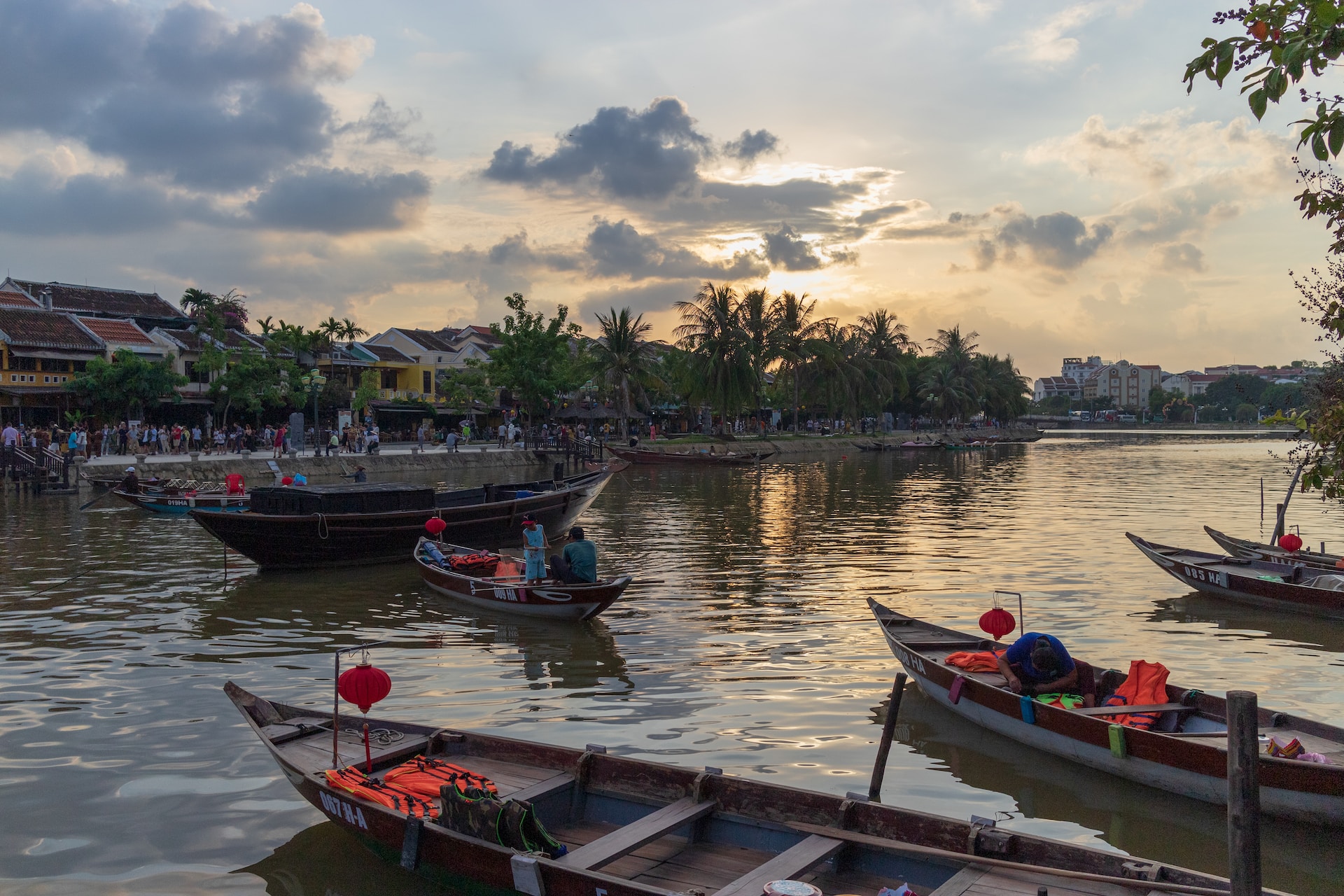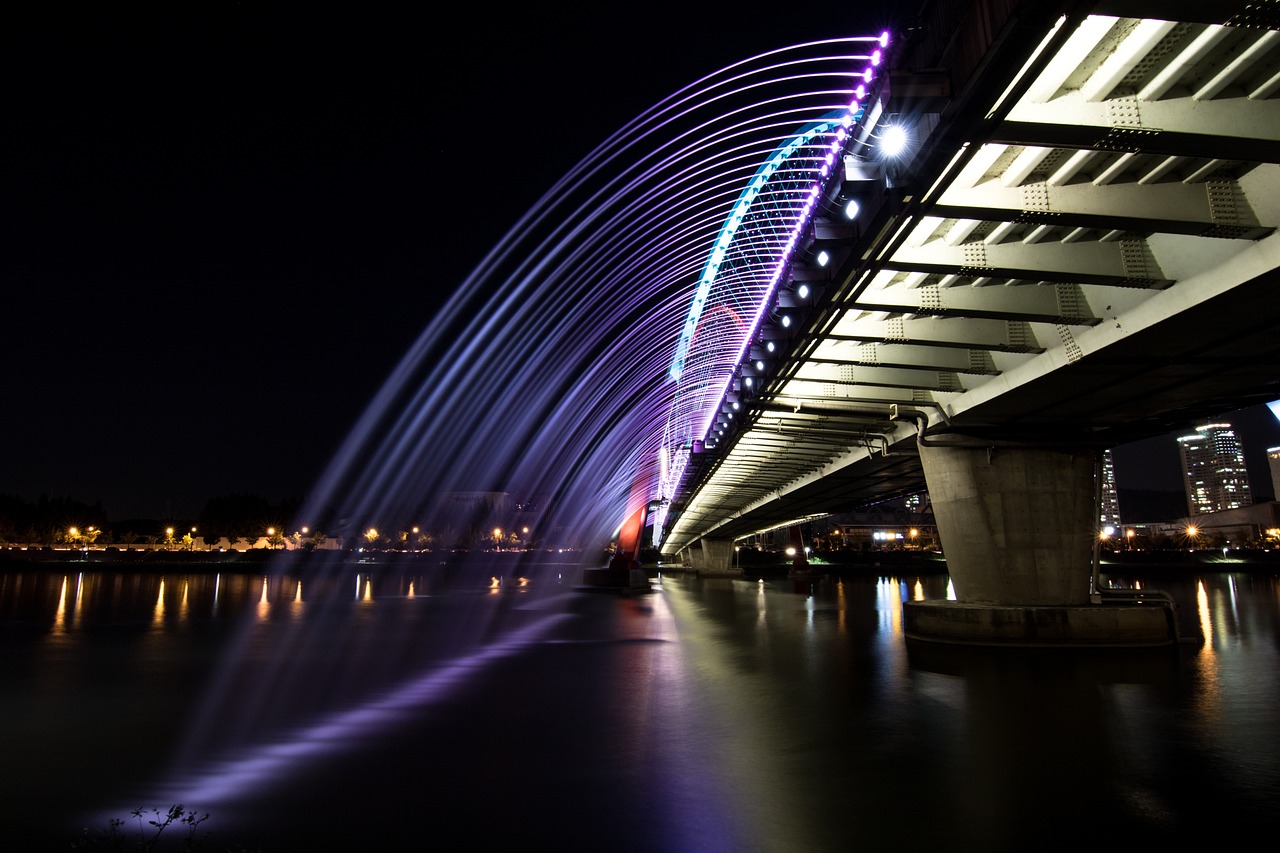Transportation in Daegu is a crucial aspect of life for both locals and visitors alike, as it determines how easily and efficiently one can navigate the city and its surrounding areas. Daegu, also known as Taegu, is the fourth-largest city in South Korea and is located in the southeastern region of the country. With a population of over 2.5 million people, the city is known for its rich history and culture, as well as its bustling business and industrial sectors. However, getting to and around Daegu can be a bit of a challenge for those who are unfamiliar with the area, so in this article, we will explore the various transportation options available for getting to and around the city.
One of the most popular ways to get to Daegu is by taking a train. The city is well-connected to other major cities in South Korea via the KTX (Korea Train eXpress) high-speed rail system. The KTX service runs from Seoul to Daegu and takes around 2 hours and 30 minutes. The cost of a one-way ticket ranges from around 30,000 KRW to 45,000 KRW (approximately $25 to $37 USD). The KTX service is considered one of the most comfortable, efficient, and safe ways to travel in South Korea.
Another option for getting to Daegu is by taking a bus. Buses run from major cities such as Seoul, Busan, and Daejeon to Daegu. The journey takes around 3 to 4 hours and costs around 20,000 KRW (approximately $17 USD) for a one-way ticket. Buses are considered a more budget-friendly option compared to the KTX.
Daegu also has its own airport, Daegu International Airport, which offers flights to several domestic and international destinations. The airport is located in the city’s western region and is well-connected to the city center via bus or taxi. It takes around 30 to 40 minutes by bus and around 20 minutes by taxi to reach the city center from the airport.
Once you have arrived in Daegu, there are several options for getting around the city. One of the most popular ways to get around is by taking the subway. Daegu’s subway system is considered one of the most efficient and convenient in South Korea, with several lines that connect various parts of the city. The subway system is also considered very safe and is equipped with CCTV cameras and security personnel. A single ride on the subway costs around 1,300 KRW (approximately $1 USD).
Another option for getting around Daegu is by taking a bus. The city’s bus system is extensive and well-connected, with buses running to various parts of the city. Buses are considered a budget-friendly option for getting around, with a single ride costing around 1,300 KRW (approximately $1 USD).
Taxis are also a popular option for getting around Daegu. Taxis are widely available throughout the city and are considered relatively safe and comfortable. However, the cost of taking a taxi can add up quickly, so it’s worth noting that the fare starts at 2,800 KRW (approximately $2.5 USD) and increases by 100 KRW (approximately $0.09 USD) for every 164 meters traveled.
Finally, it’s worth noting that Daegu is a relatively bike-friendly city, with several bike-sharing services available. This can be a convenient and budget-friendly option for getting around, especially for short distances.
In conclusion, transportation in Daegu is efficient, safe, and offers a variety of options to suit different budgets and preferences. Whether you prefer to take the train, bus, subway, taxi, or bike, there are plentyof options available to get to and around the city. The KTX high-speed rail service is considered one of the most comfortable and efficient ways to travel to Daegu from other major cities in South Korea, while the city’s subway system is considered one of the most convenient and safe ways to get around once you have arrived. Buses and taxis are also widely available and offer budget-friendly options, and bike-sharing services are becoming increasingly popular as a way to get around the city. Overall, transportation in Daegu is well-developed and offers a range of options to suit different needs and preferences, making it easy for visitors and locals to navigate the city and its surrounding areas.



